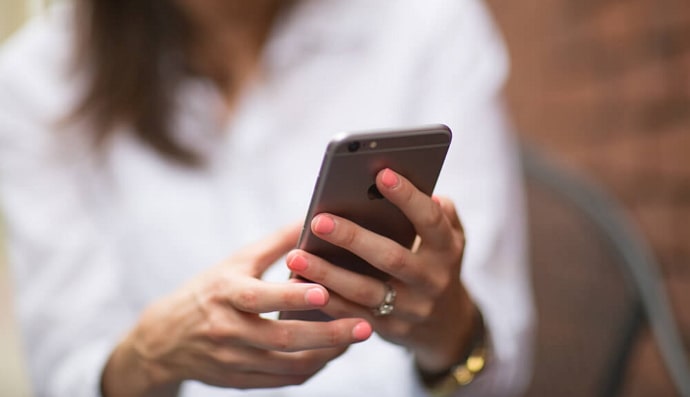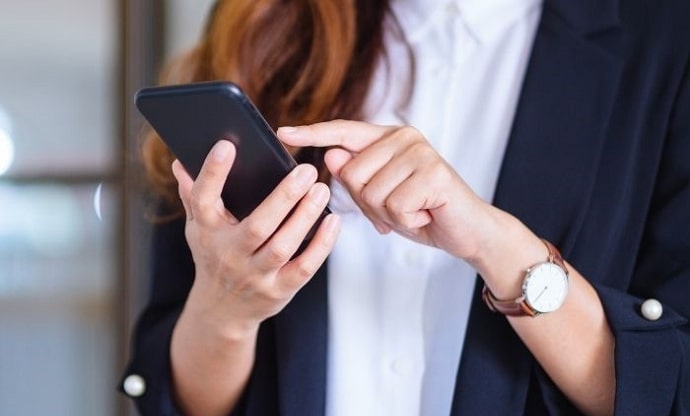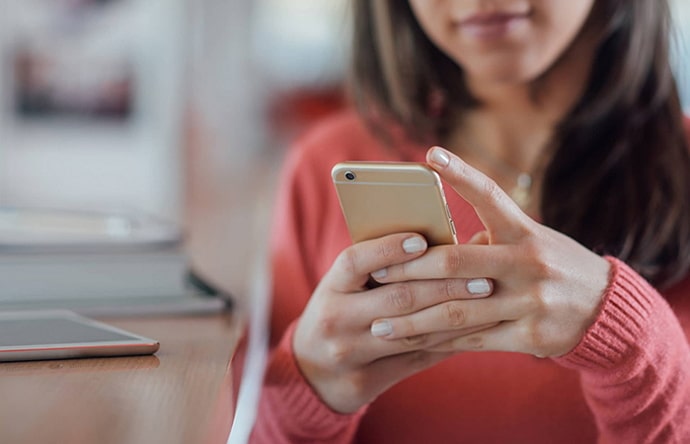In the realm of email communication, there are various common phrases and pleasantries that often serve as a polite way to open or close a message. One of the most frequently encountered phrases is “Hope you are doing well” or its variations.

Responding to such an email might seem straightforward, but it’s essential to craft a thoughtful and professional reply that not only acknowledges the well-wishes but also continues the conversation in a meaningful way.
In this article, we will explore the art of replying to a “Hope you are doing well” email and provide tips on how to respond professionally and effectively. Let’s get started!
How to Reply to “Hope You Are Doing Well” Email?
“Hope you are doing well” is a common greeting used in professional emails. It is a polite and respectful way to start a message, and it shows that you are interested in the well-being of the recipient.
When replying to an email that begins with “hope you are doing well,” it is important to be professional and appropriate. You want to show that you are grateful for the sender’s well wishes and that you are interested in maintaining a positive relationship with them.
Here are a few tips on how to reply to an email that says “hope you are doing well.”
Acknowledge the Well-Wishes
The first step in crafting an appropriate response is to acknowledge the well-wishes expressed in the initial email. This shows that you appreciate the sender’s consideration and sets a positive tone for the rest of the reply. You might respond with:
“Thank you for your kind wishes. I hope you are doing well too.“
This response is polite and reciprocates the sentiment, creating a friendly atmosphere for the email exchange.
Express Your Gratitude
In addition to acknowledging the well-wishes, expressing gratitude is a courteous and professional gesture. Let the sender know that you appreciate their email and the fact that they took the time to reach out. For example:
“I appreciate your thoughtful message. It’s always nice to hear from you.“
This not only acknowledges their goodwill but also strengthens your professional relationship.
Provide a Brief Update
After acknowledging the well-wishes and expressing gratitude, it’s a good idea to offer a brief update on your current situation or activities. This shows that you are willing to engage in the conversation and share information about yourself.
Your update can be work-related or personal, depending on your relationship with the sender and the context of the email. For instance:
“I’ve been keeping busy with a new project at work, which has been quite exciting. On a personal note, I recently took up gardening as a hobby, and it’s been a rewarding experience.“
Sharing a brief update helps keep the conversation balanced and provides a basis for further discussion.
Ask About Them
To maintain a balanced and engaging conversation, it’s important to show interest in the sender’s well-being and activities. After sharing your update, inquire about how they are doing and what they’ve been up to. This demonstrates that you value their input and care about their life as well.
You might ask:
“I’d love to hear more about what’s been keeping you busy. How have you been, and what’s new in your world?“
This question encourages the sender to share their own updates and experiences, fostering a more meaningful exchange.
Keep the Tone Appropriate
When replying to a “Hope you are doing well” email, it’s crucial to maintain a professional tone, especially in a work-related context.
Avoid oversharing personal information or discussing sensitive topics unless it is relevant to the conversation. Keep the focus on positive and neutral subjects to ensure a respectful and appropriate exchange.
Use Proper Salutations
As with any email, it’s important to use appropriate salutations based on your relationship with the sender and the context of the email.
In a formal or professional setting, use a standard salutation such as “Best regards” or “Sincerely” followed by your name. In a more casual or friendly context, you can use a warmer closing, such as “Take care” or “Warm regards.”
Offer Availability
Conclude your email by indicating your availability for further communication. This lets the sender know that you are open to continuing the conversation or addressing any questions or concerns they may have. You might say:
“Feel free to reach out anytime if you’d like to catch up or discuss anything further.“
This closing statement leaves the door open for future communication and demonstrates your willingness to engage.
Proofread Your Response
Before hitting the send button, take a moment to proofread your response carefully. Check for any spelling or grammatical errors, and ensure that your email is clear and concise. A well-written response reflects professionalism and attention to detail.
Keep It Concise
While it’s important to acknowledge the well-wishes, express gratitude, and share updates, it’s equally important to keep your response concise and to the point. Avoid overwhelming the sender with lengthy narratives. A well-structured, brief email is more likely to be read and appreciated.
Follow Up If Necessary
Depending on the nature of the initial email and your relationship with the sender, it may be appropriate to follow up with additional information or action steps. If the email requires further discussion or a specific response, ensure that you address those points promptly and professionally.
Responding to a “Hope you are doing well” email is a common and courteous practice in professional and personal communication. By following the tips as mentioned above, you can craft a thoughtful and professional reply that not only acknowledges the sender’s goodwill but also fosters meaningful and positive communication.
Remember that the key to a successful response is a balance between acknowledging the sender’s sentiment and continuing the conversation in a professional and engaging manner.
Whether you are corresponding with a colleague, a friend, or a business contact, responding effectively to a “Hope you are doing well” email can contribute to building and maintaining positive relationships in both personal and professional spheres.
Also Read:





 Bitcoin
Bitcoin  Ethereum
Ethereum  XRP
XRP  Tether
Tether  Solana
Solana  USDC
USDC  Dogecoin
Dogecoin  TRON
TRON  Lido Staked Ether
Lido Staked Ether